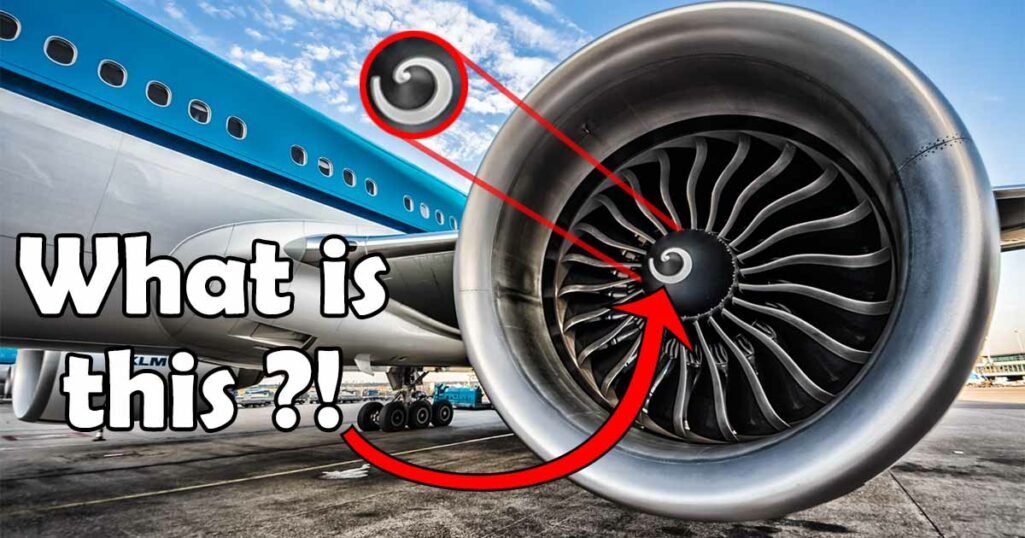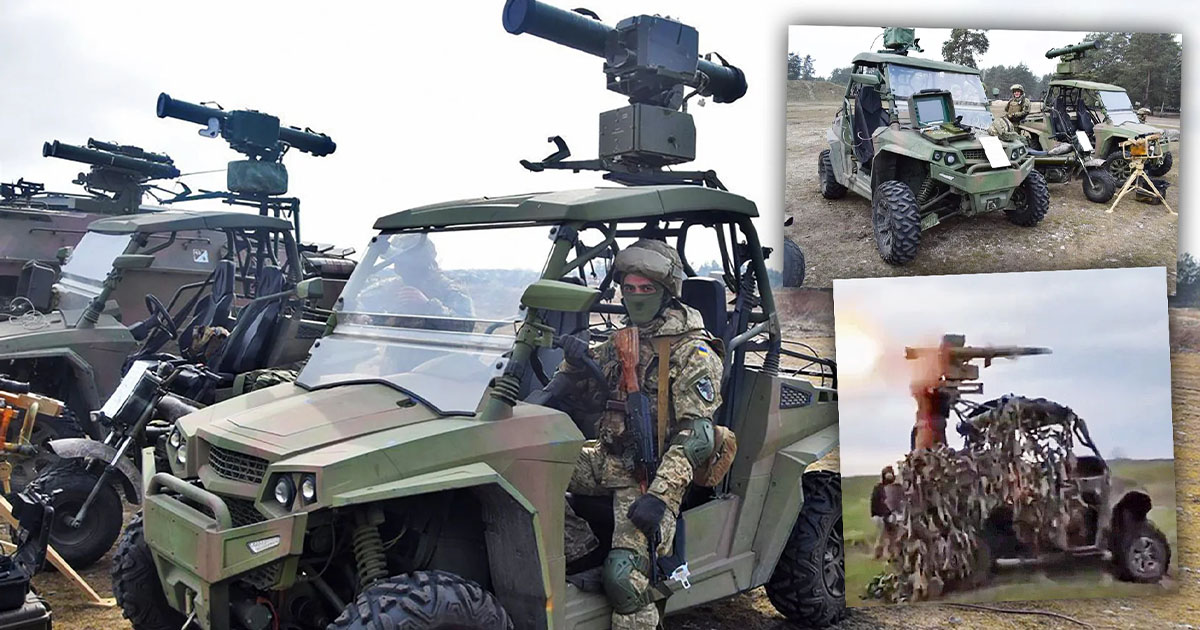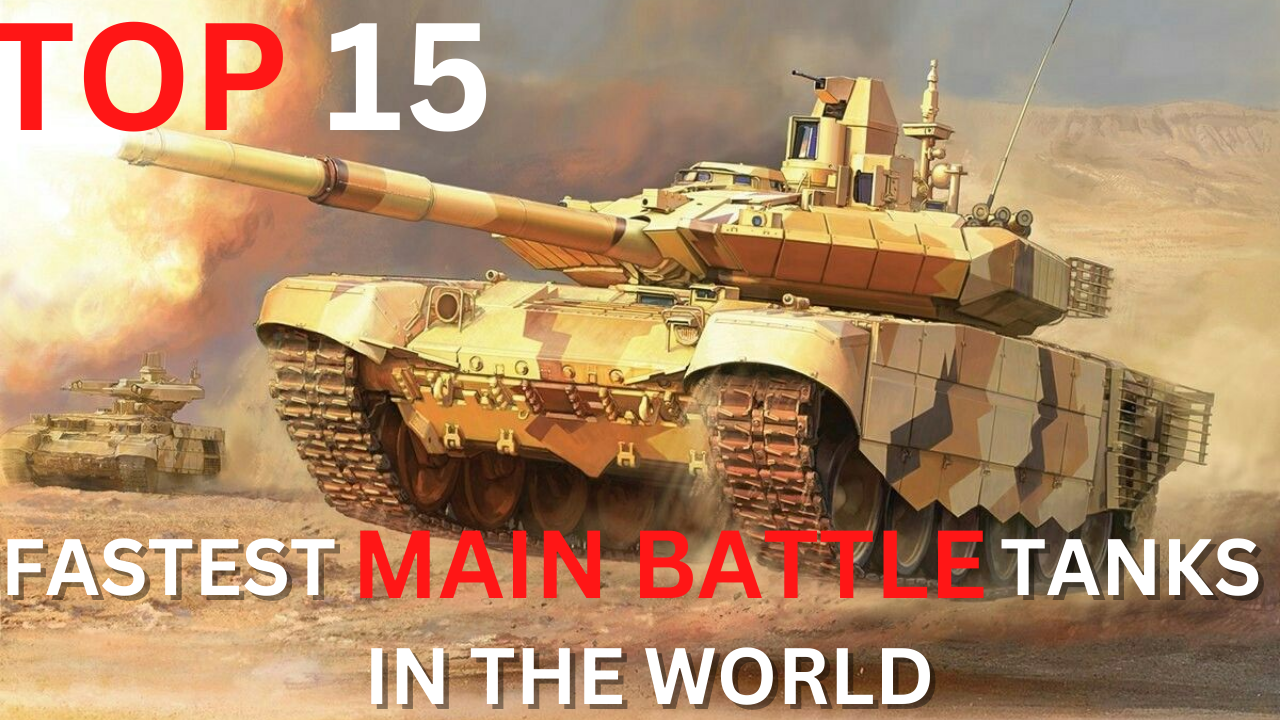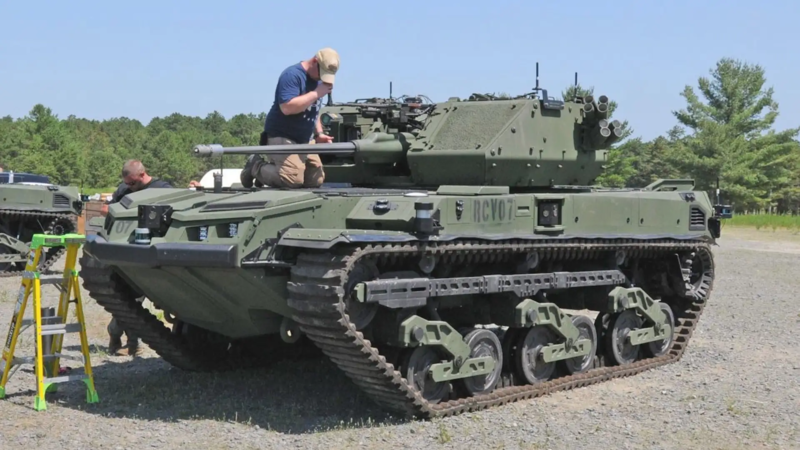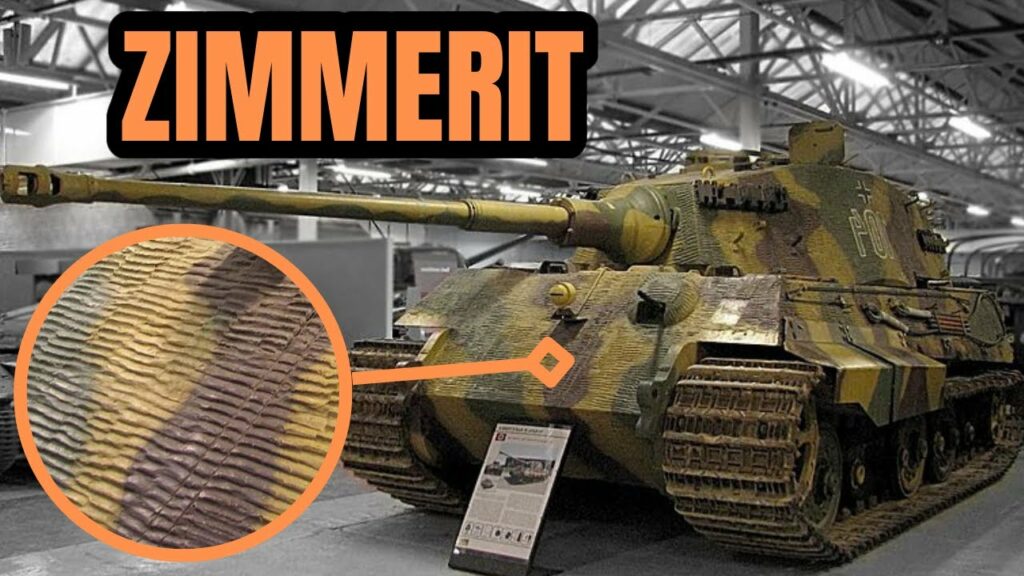
Have you ever heard of the material called Zimmerit? This material that is named ‘Zimmerit’ is one of the strangest components found aboard German tanks during World War II.
It’s both fascinating and challenging to learn about this strange substance that many tank fans have heard of but don’t know much about.
What is Zimmerit, and what it is used for? What are the components of this material, and is it used nowadays? Let’s find out…
What is Zimmerit?
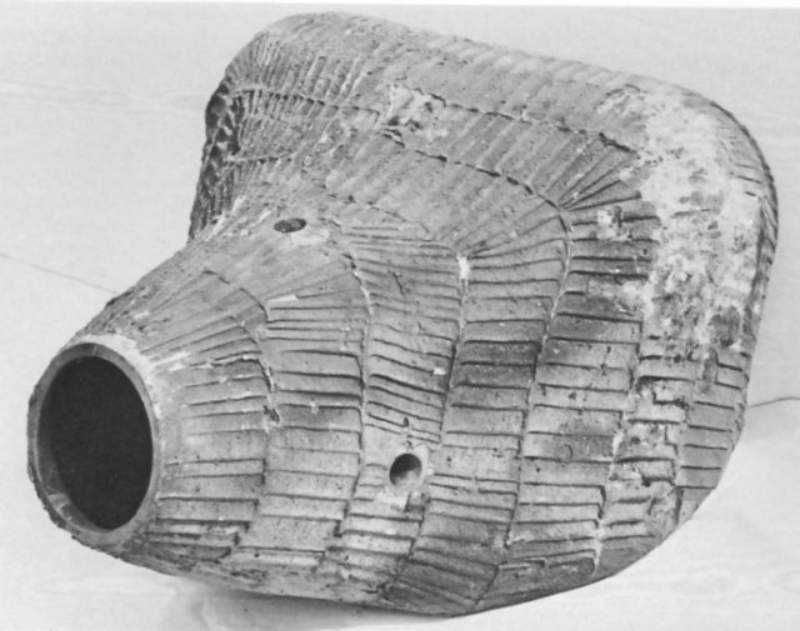
On the 5th and 8th of June 1943, Zimmerit was produced by Zimmer AG and tested at its Kummersdorf development facility for the first time.
Zimmerit was a chemical compound made out of pine crystals dissolved in benzene, zinc sulfide, barium sulfate, pine and pebble sawdust, PVA glue, and ochre in the following percentages:
- 40% barium sulfate (BaSO4): Sulphuric acid H2SO4 has been used to treat the barium, making it water-insoluble.
- 25% polyvinyl acetate (PVA): Similar to the glue used in woodworks.
- 15% ochre pigment: Natural clay earth colorant.
- 10% zinc sulfide (ZnS): Zinc ore is found in nature. Its white pigment is composed of 70 percent zinc sulfide and 30 percent barium sulfate, called lithopone in the scientific community.
- 10% sawdust
The outcome was a soft, sticky putty when it was blended appropriately. A shovel was used to apply it to specified tank regions as per the instructions. It took 200kg to coat a Tiger I, but just half that much to coat a Panzer IV.
How is Zimmerit applied?

It was first supposed to cover just the tank’s hull. However, in reality, it was frequently applied to all of the vehicle’s components, including the track guards and turrets, in a broad range of patterns that often varied on a single tank.
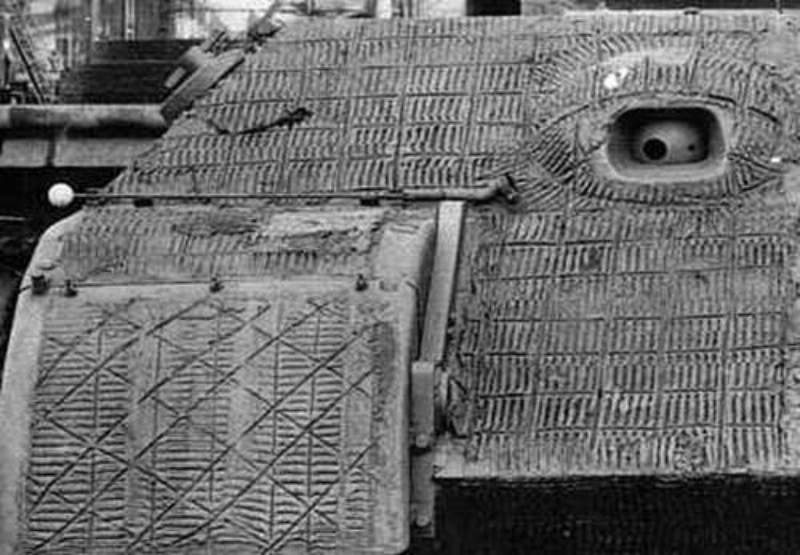

The patterns used on the tanks varied from one factory to another, as did the manufacturers. Patterns based on narrow horizontal ridges were common, while squares and waffles were also employed in specific designs.
However, due to the danger of benzene in the Zimmerit that could catch fire while using a blowtorch to dry the paste, waiting up to eight days for it to harden naturally was accepted as a trade-off to reduce risk.
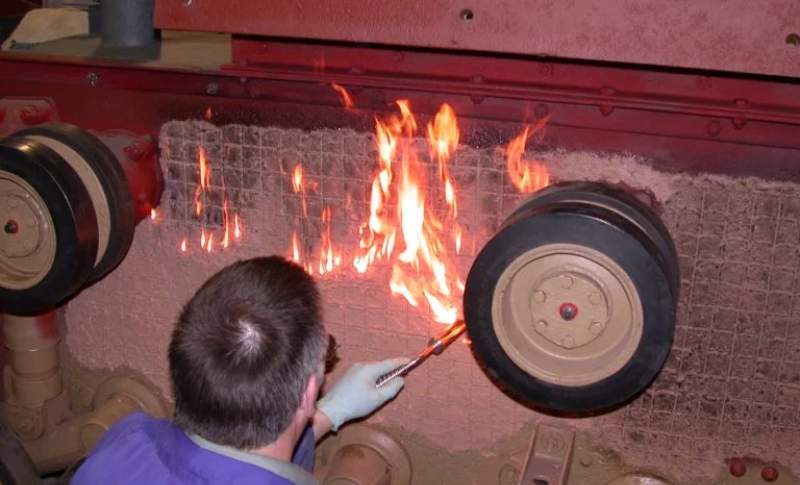
Zimmerit was commonly applied on armored surfaces that were within reach of soldiers on foot. Stowage, side skirts, and other locations that may get in the way of moving parts were all left untouched.
Tanks that used Zimmerit

Zimmerit was applied to many German tanks during WWII, and its application didn’t stop until 1944, when a rumor started spreading that the Zimmerit could easily be set on fire by shell impacts.
This was then tested and disproved, but Zimmerit usage was stopped entirely. These are some of the tanks that have been coated by the Zimmerit:
Panzer III

Panzer IV

Panther
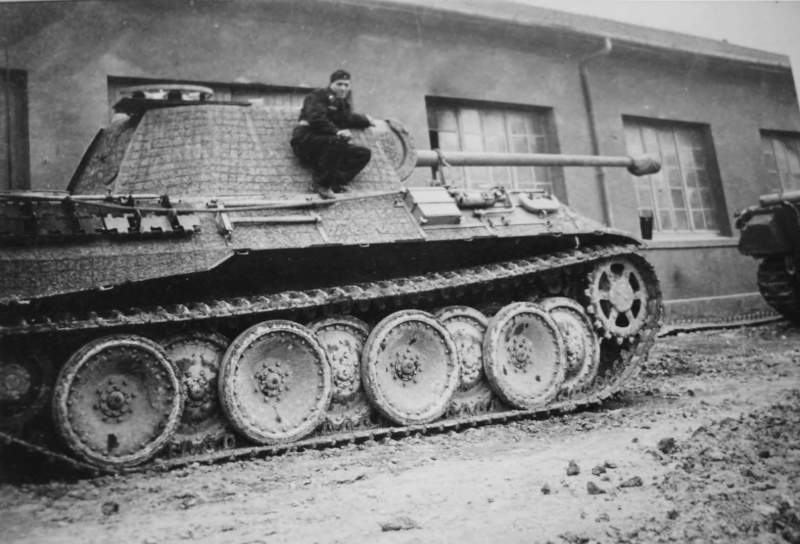
Tiger I
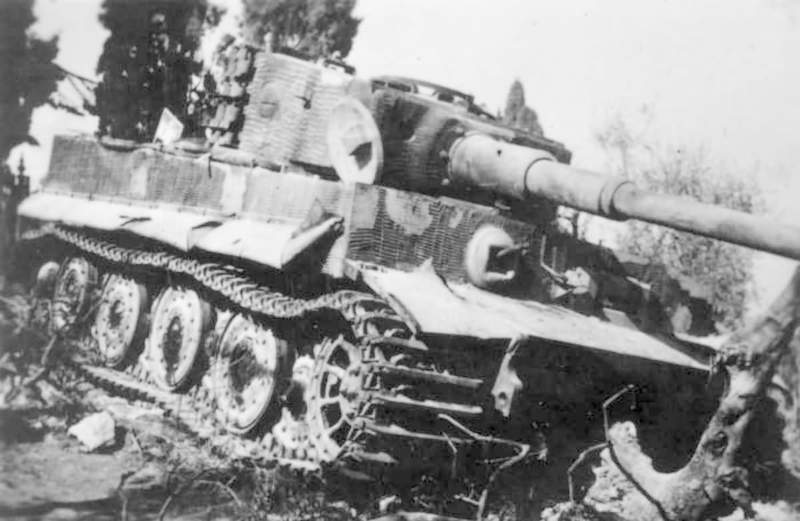
Tiger II
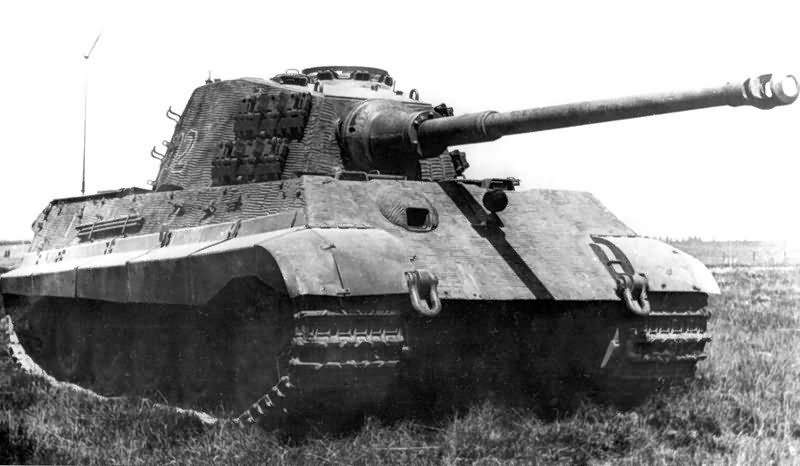
Why have Germans used Zimmerit?
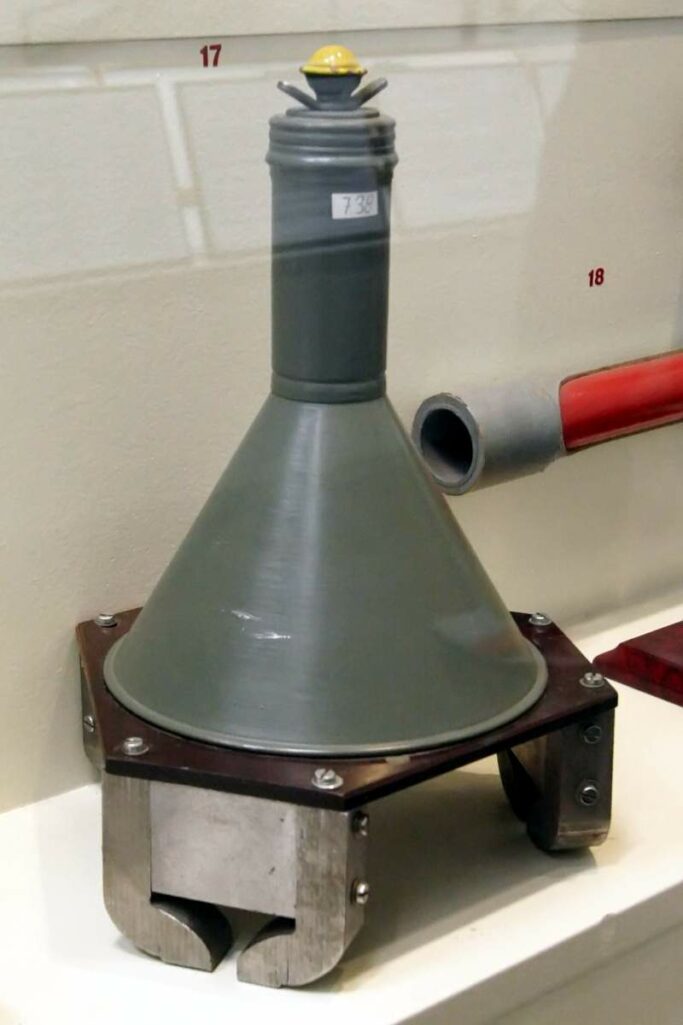
The Germans began using anti-tank mines equipped with magnets known as Hafthohlladung in late 1942. The mines were attached to the tanks with magnets by an infantryman.
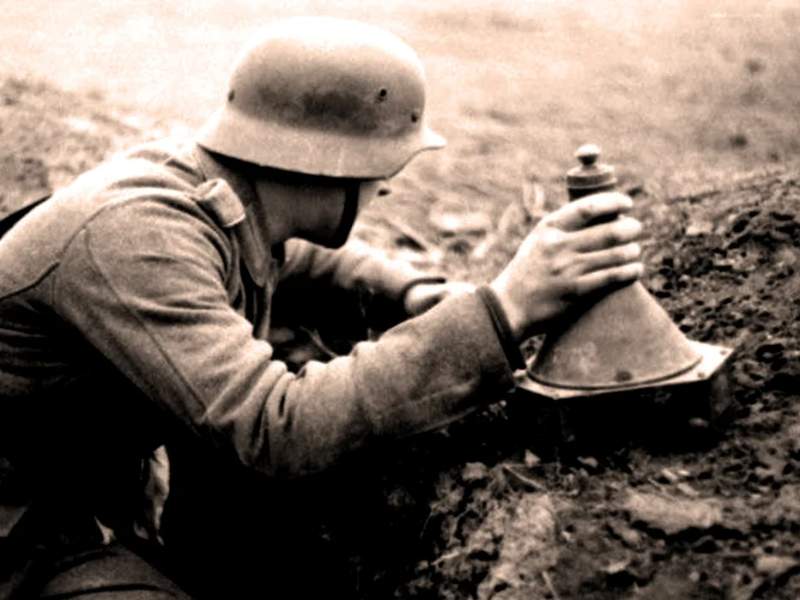
Germans were afraid that they might accidentally get attached to their tanks or that the Allies might copy the weapon.
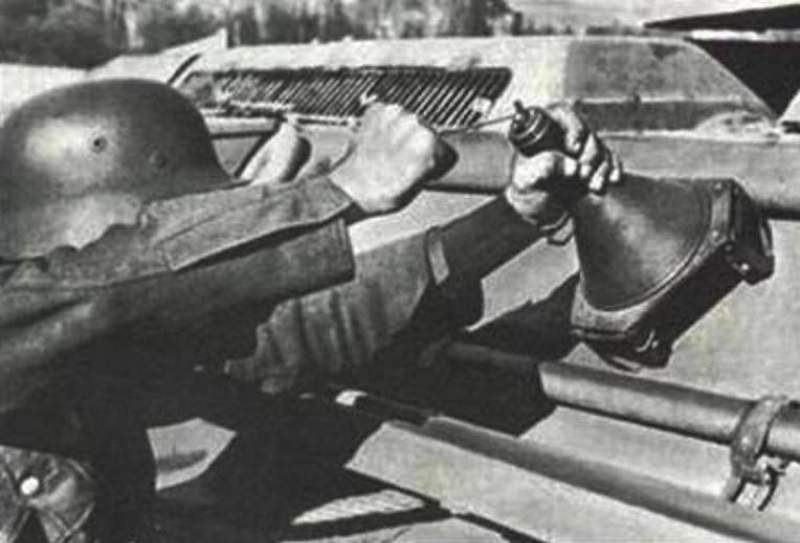
For this reason, Zimmerit was put to German tanks and assault weapons to prevent magnet attraction to its body.
The coating acted as a barrier, preventing magnetic mines from coming into direct contact with vehicle metal surfaces. The thickness of the paste and the pattern on which it was applied were intended to decrease the magnet’s capability to attach to the tank.
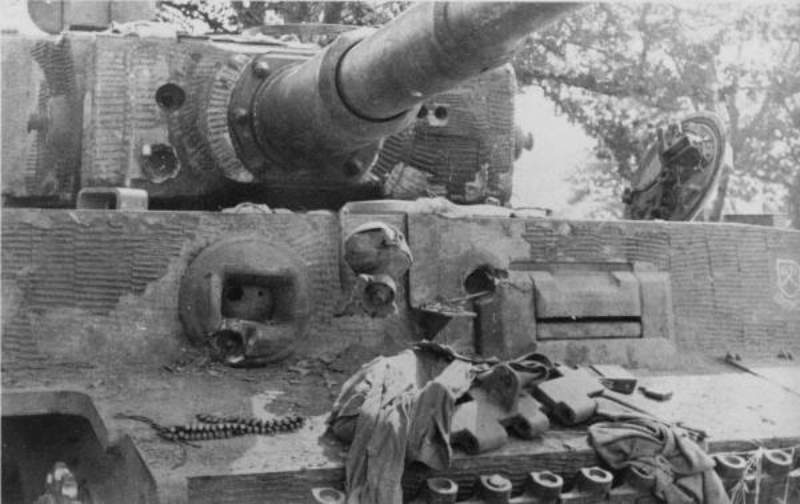
Zimmerit is completely stopped now and is not used anymore by any military armies. Could we potentially be in need of such material and would be used and combined with new technologies? Please leave your comments and thoughts down below…

